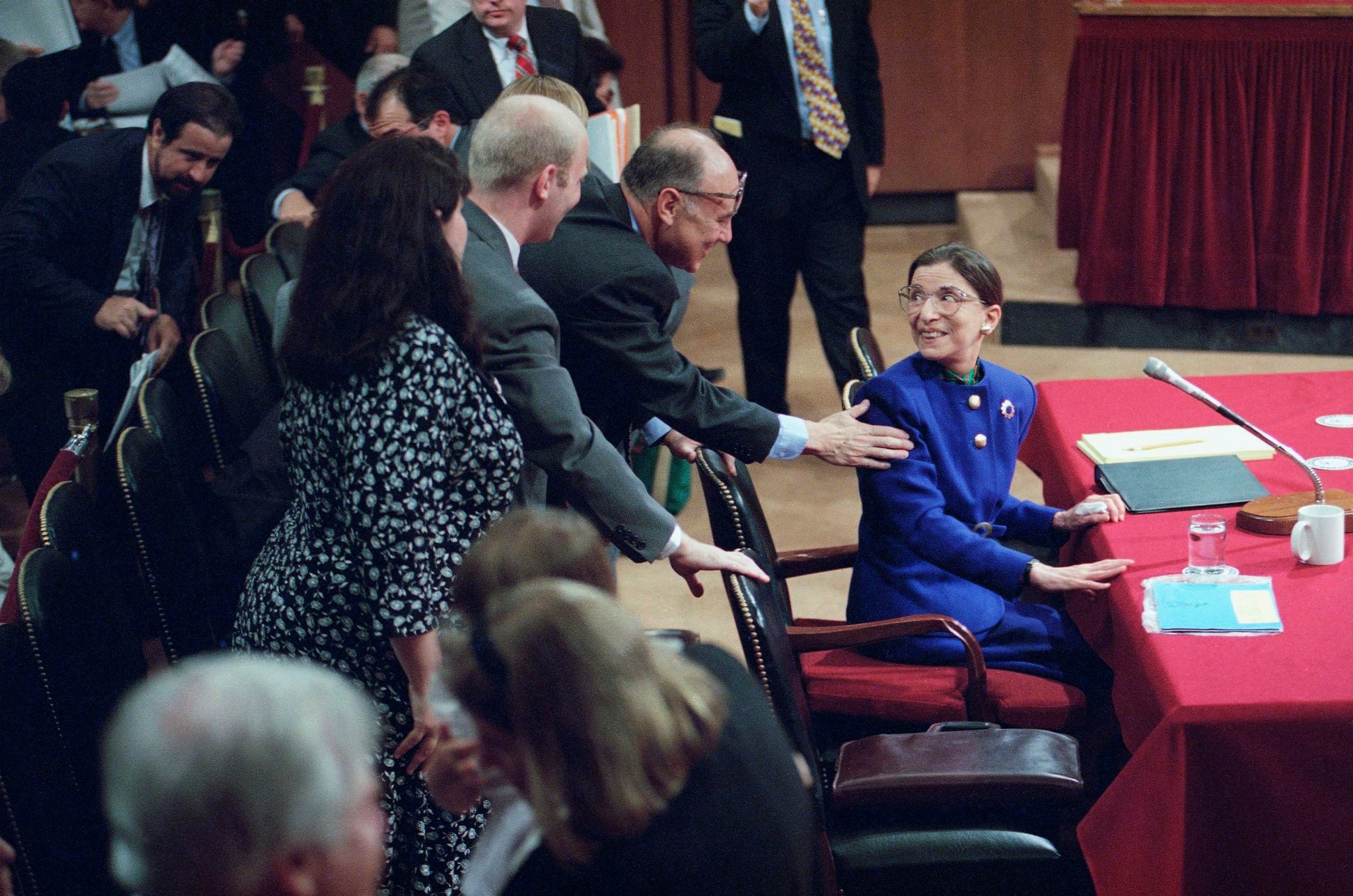
In her years as a lawyer and then on the Supreme Court bench, Justice Ruth Bader Ginsburg, who died of complications from metastatic pancreatic cancer on Sept. 18, 2020, earned a deserved reputation as a warrior for gender equality. As the “Notorious RBG” became a pop culture icon later in her life, that reputation only solidified, as evidenced by the release of two separate films in 2018 that centered on her long legal career: the documentary RBG and Mimi Leder’s biopic On the Basis of Sex. Both movies show Ginsburg’s toughness and her grit, and extensively describe her lifelong work to end sex discrimination in the law.
“It’s definitely the case that as a result of the work that she led, [the discrimination that] was once really common in the law no longer is,” Emily Martin, the vice president for education and workplace justice at the National Women’s Law Center, told TIME in a previous interview.
In that work, fittingly, she had an important partner: her husband, Martin. Just as Ginsburg will be remembered professionally for her hard-earned legacy of breaking barriers for women in the courts, she also leaves behind an important lesson from her personal life, about how a modern marriage can be a partnership.
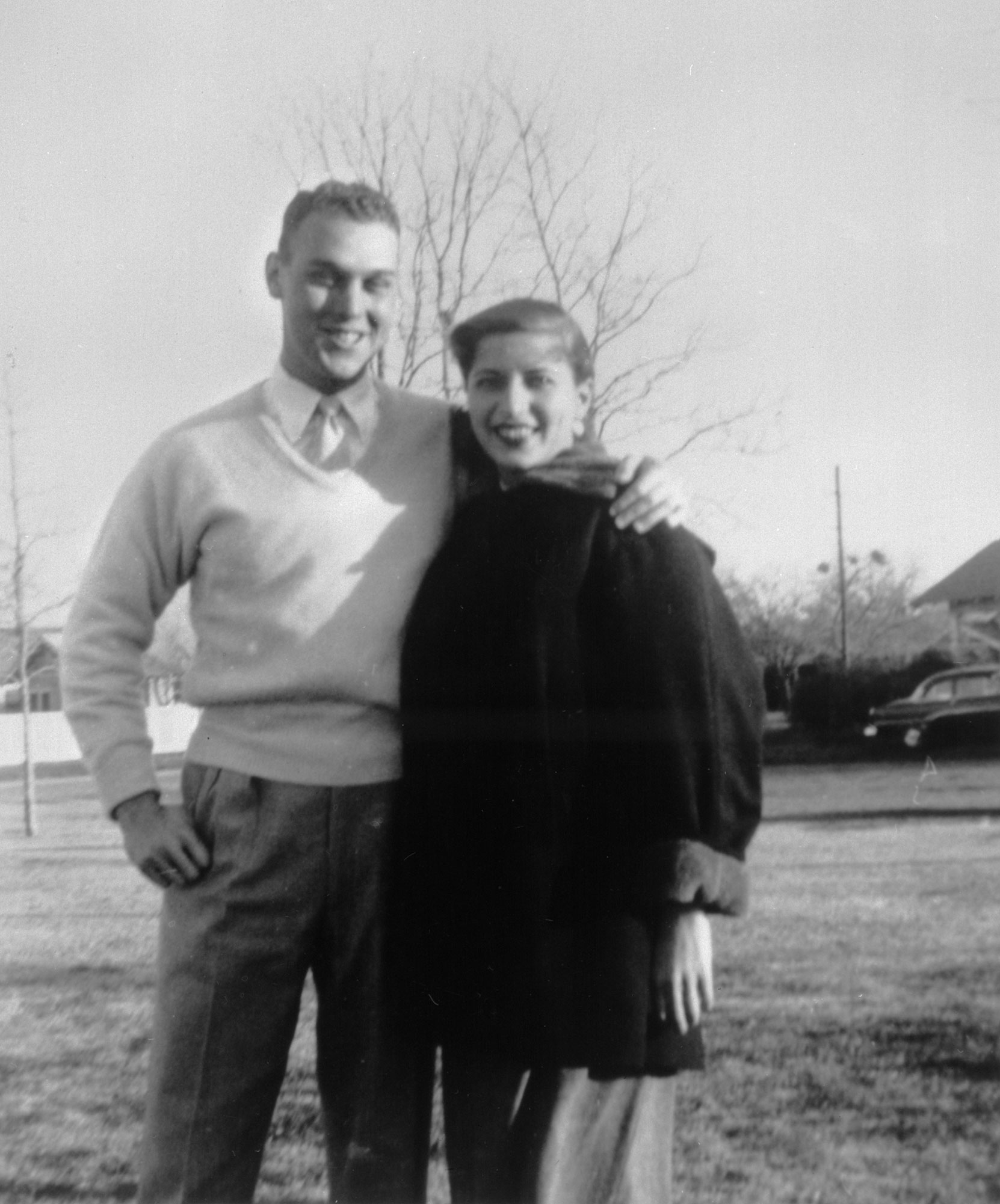
Ginsburg herself said, when the movie premiered in New York, that the depiction of Martin in On the Basis of Sex (written by Ginsburg’s nephew, Daniel Stiepleman) did her husband justice — even as she joked that actor Armie Hammer was definitely much taller than the real Martin, a tax attorney who died in 2010.
The way Hammer effortlessly chopped vegetables at the kitchen counter as the primary chef in their home, a glass of wine within reach — “That was Marty,” she said.
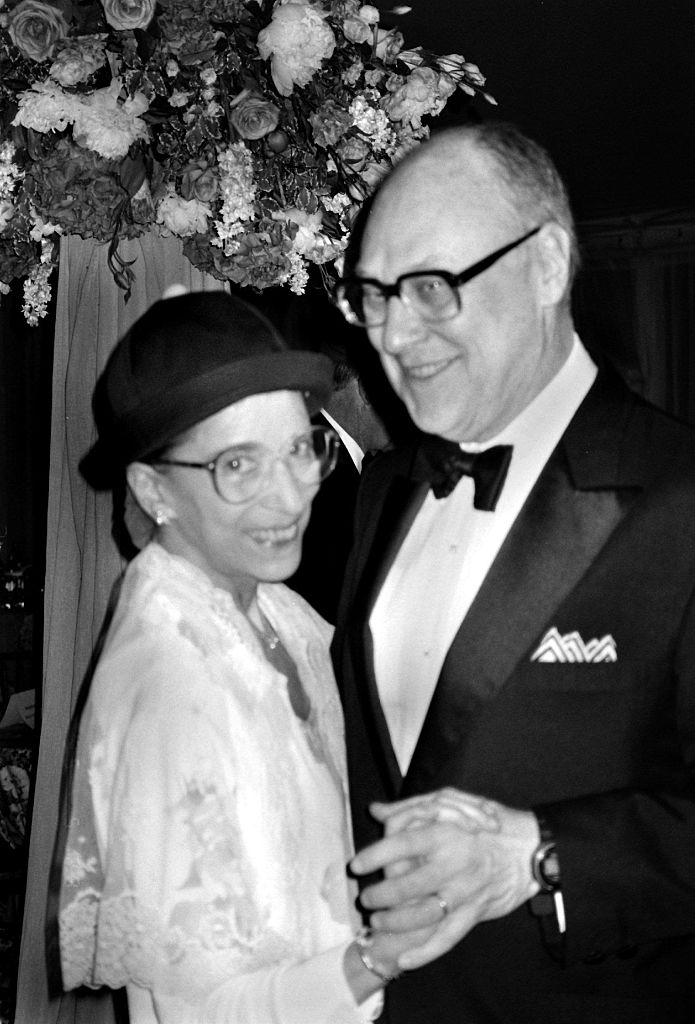
The couple first met as undergraduates at Cornell University. In an interview with NPR’s Nina Totenberg in July of 2016, Ginsburg said that Martin, who was one year her senior, immediately made an impression. “I many times said that Marty Ginsburg was the first boy I met who cared that I had a brain,” she said.
They wed in 1954 and this first impression held true throughout 56 years of marriage, as Ginsburg expressed emphatically in various interviews, including at the On the Basis of Sex premiere in 2018.
The two were as much of a team as two people can be. Soon after Ruth began law school at Harvard in 1956 — one of only nine women in a class of roughly 500 men — Martin, who was one year ahead at the school, fell ill. He had testicular cancer, a diagnosis that required a number of surgeries and radiation therapy. Ruth, raising their toddler daughter, Jane, continued shining academically at Harvard Law while caring for a sick husband. That care included helping Martin pass (and excel in) his classes, too.
Ginsburg has said that after a day of her own classes, receiving notes for Martin’s from his peers, preparing dinner for the family, caring for a sick Marty and typing his senior paper, per his dictation, she would return to her own coursework at around 2 a.m.
She remained at the top of her class at Harvard, rarely getting more than three hours of sleep per night.
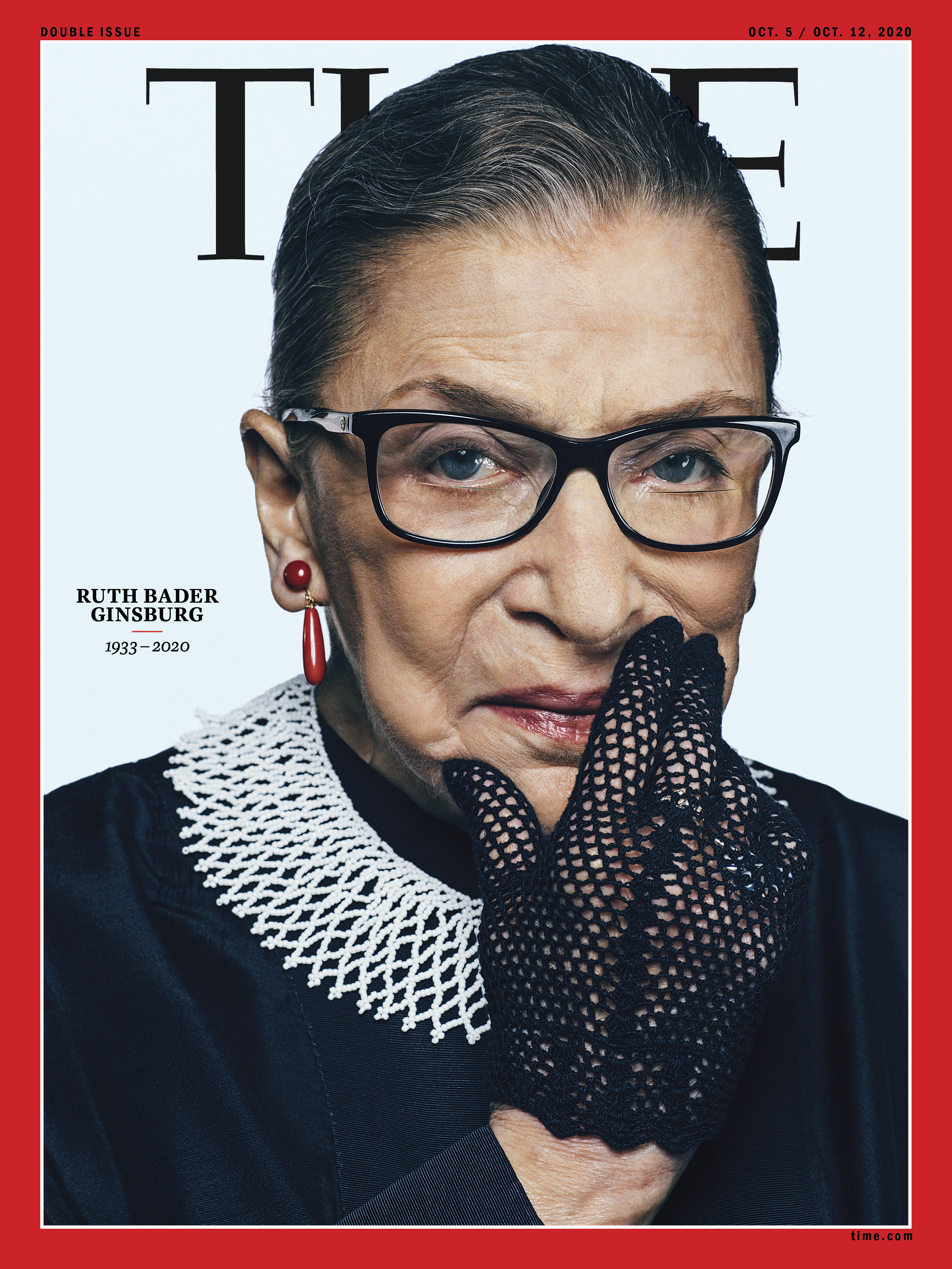
Despite all of her hard work, the country wasn’t quite ready for Ruth Bader Ginsburg. After graduating from Columbia Law School in 1959—having transferred there from Harvard after the Dean wouldn’t allow her to complete course work in New York, where Martin had to go for work—she still couldn’t find a job at a law firm. Some judges wouldn’t allow her to clerk for them, explicitly telling her it was because of her gender.
Only about one in three married women worked outside the home in 1960, according to the Bureau of Labor Statistics, a rate which doubled by the end of the 20th century. Furthermore, between 1960 and 1983, the percentage of women lawyers increased from just 2 to 15, a 1984 New York Times Magazine article reported. So it was no surprise that when she sought to practice law at the start of the 1960s, she ran into trouble. Ginsburg eventually got a job, but it wasn’t practicing law directly. She was hired as a law professor at Rutgers University, where she remained for nearly decade. Meanwhile, Martin soared in his own career, and he and Ruth had their second child, James, in 1965. All along, Martin made it clear that Ruth’s success, not just his own, mattered for their family.

There is a telling moment in On the Basis of Sex that highlights how the Ginsburgs’ relationship differed from what might have been expected at the time. The two are at a party with Martin’s colleagues during Ruth’s tenure as a law professor. The women at the party are chatting, and at the other side of the room, the men tell jokes about law. Ruth walks around looking uncomfortable until she concedes to casually join in on the men’s conversation. The image of one woman in a party dress among the dark-suited men is stark.
Hammer’s Martin smiles, welcoming his wife to join the conversation.
Martin Ginsburg’s vehement support of his wife held so strong that he presented her with one of his cases: a tax case concerning gender discrimination against a man. The Ginsburgs argued the case, Moritz v. Commissioner, together, in 1972, marking the first big win for Ruth and the start of a series of cases that began to break down the laws that allowed men and women to be treated differently.
Ruth’s ascension as a star lawyer paralleled her country’s growing acceptance of gender equality, as she founded the Women’s Rights Project at the ACLU and began to pave the way for her own future on the Supreme Court.
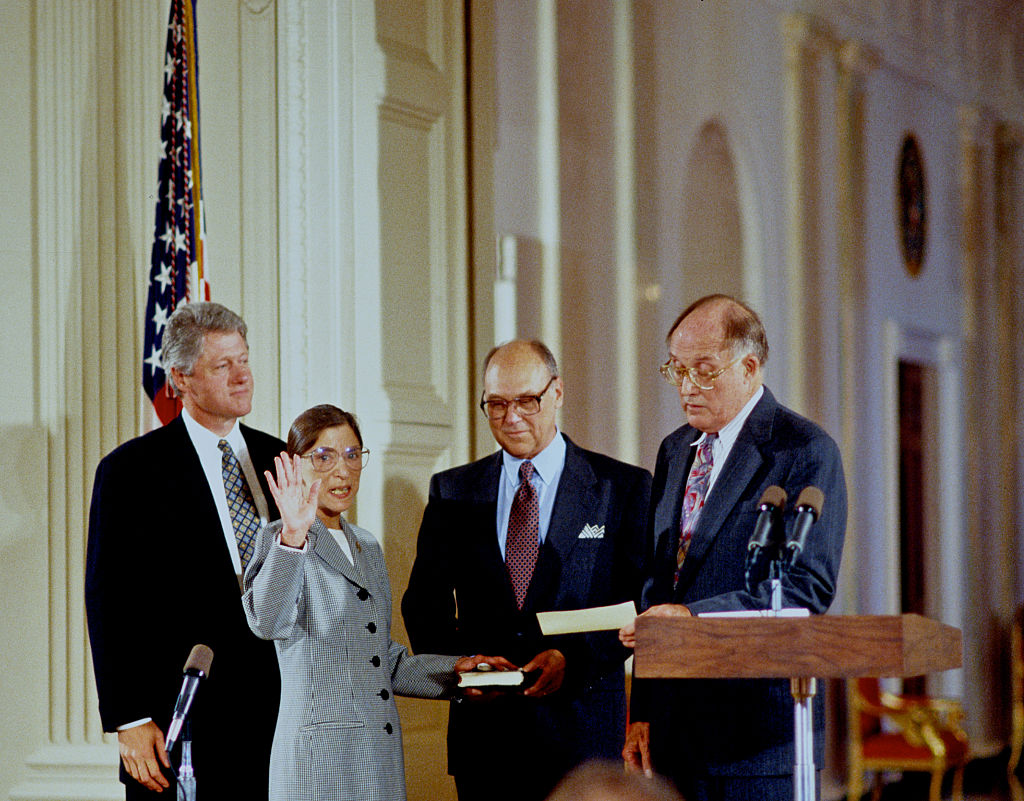
Martin’s role in Ruth’s career didn’t end with that 1972 case. Her husband made it his mission to secure her nomination on the Supreme Court. “Well, he was my campaign manager,” Ruth told Totenberg in 2018 at the On the Basis of Sex premiere. A well-known tax law professor at Georgetown University, Martin began lobbying women’s rights organizations and sending letters to the press. Sure enough, President Bill Clinton nominated Judge Ruth Bader Ginsburg to become a Supreme Court Justice in 1993.
“I have had the great good fortune to share life with a partner truly extraordinary for his generation, a man who believed at age 18 when we met, and who believes today, that a woman’s work, whether at home or on the job, is as important as a man’s,” Ruth said in her Supreme Court confirmation hearing.
And, importantly, beyond this firm support—there was always love.
Martin Ginsburg wrote one final letter to Ruth before he died in 2010. “You,” he wrote, “are the only person I have loved in my life.”
More Must-Reads from TIME
- L.A. Fires Show Reality of 1.5°C of Warming
- Home Losses From L.A. Fires Hasten ‘An Uninsurable Future’
- The Women Refusing to Participate in Trump’s Economy
- Bad Bunny On Heartbreak and New Album
- How to Dress Warmly for Cold Weather
- We’re Lucky to Have Been Alive in the Age of David Lynch
- The Motivational Trick That Makes You Exercise Harder
- Column: No One Won The War in Gaza
Write to Rachel E. Greenspan at [email protected]